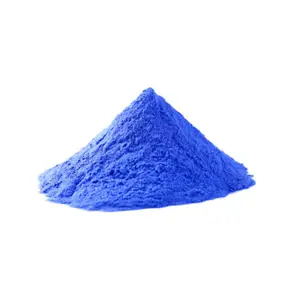
All categories
Featured selections
Trade Assurance
Buyer Central
Help Center
Get the app
Become a supplier

(1934 products available)












































Blue-green algae, scientifically known as cyanobacteria, are microscopic organisms found predominantly in freshwater and marine systems. They play a pivotal role in the balance of aquatic ecosystems and have a range of applications in various industries.
There are several types of blue-green algae, each with unique properties and uses. Aphanizomenon flos-aquae and Spirulina are among the most sought-after varieties, often utilized in dietary supplements due to their nutritional content. Beyond nutrition, these algae serve as bio-fertilizers, promoting plant growth and soil fertility in agricultural practices.
Blue-green algae are renowned for their rich composition, containing proteins, vitamins, and essential minerals. This composition contributes to their use in nutraceuticals and health food products. Additionally, the photosynthetic efficiency of blue-green algae makes them a subject of interest in biofuel research.
The environmental benefits of blue-green algae are significant. They contribute to bioremediation efforts, helping to purify water bodies by absorbing heavy metals and other pollutants. Their growth also helps in carbon sequestration, potentially mitigating the effects of climate change.
In the agricultural sector, blue-green algae act as a sustainable alternative to chemical fertilizers. They enrich the soil with nitrogen and other nutrients, enhancing the growth of various crops without the adverse effects associated with synthetic products.
While blue-green algae offer numerous benefits, their utilization must be carefully managed. The potential for toxin production in certain species necessitates stringent quality control measures to ensure safety in consumer products.